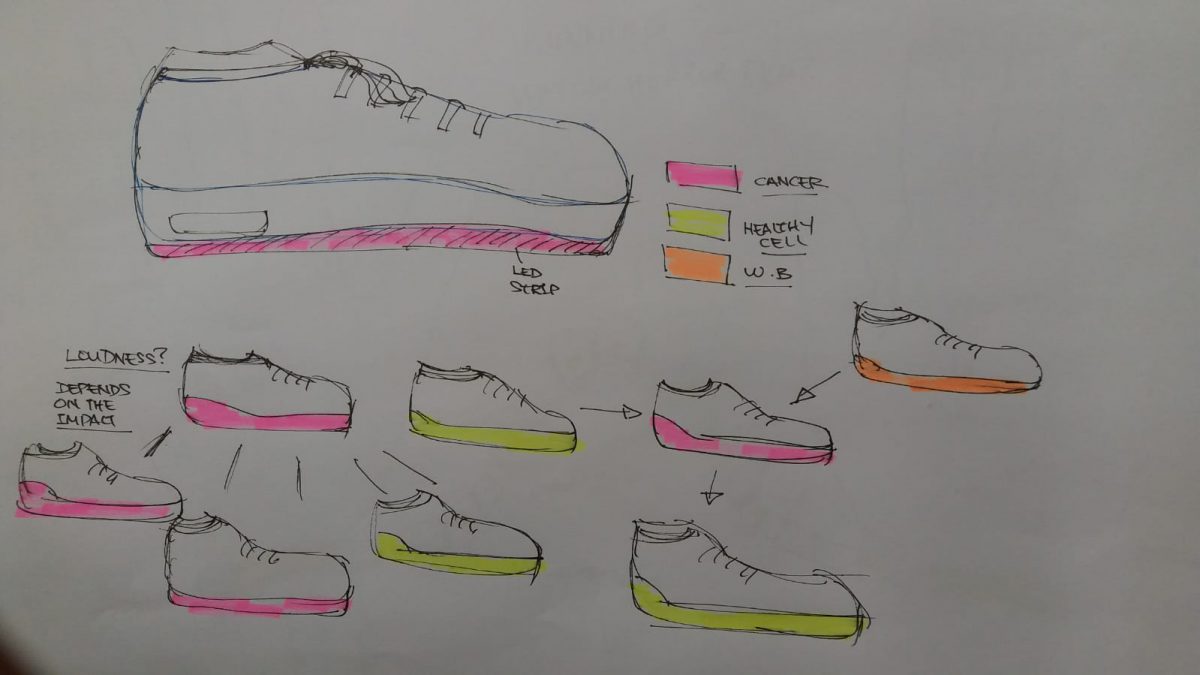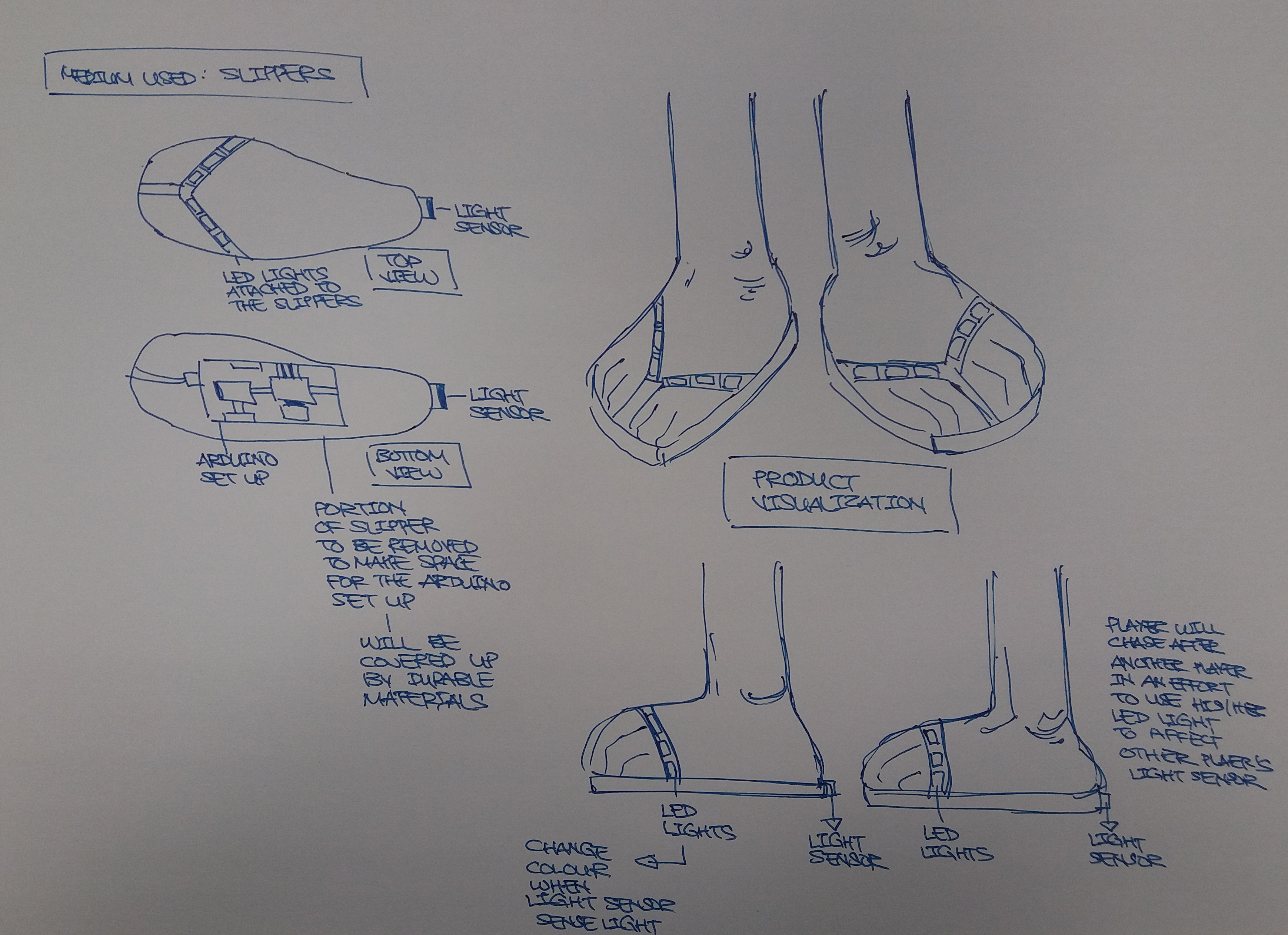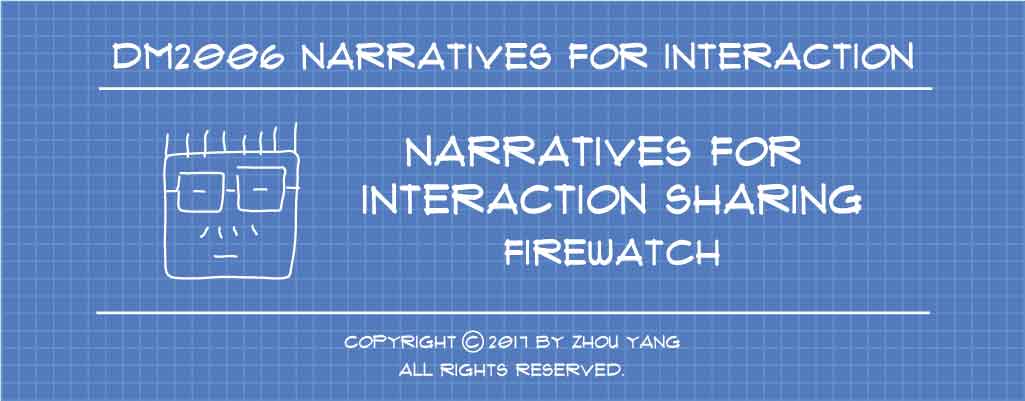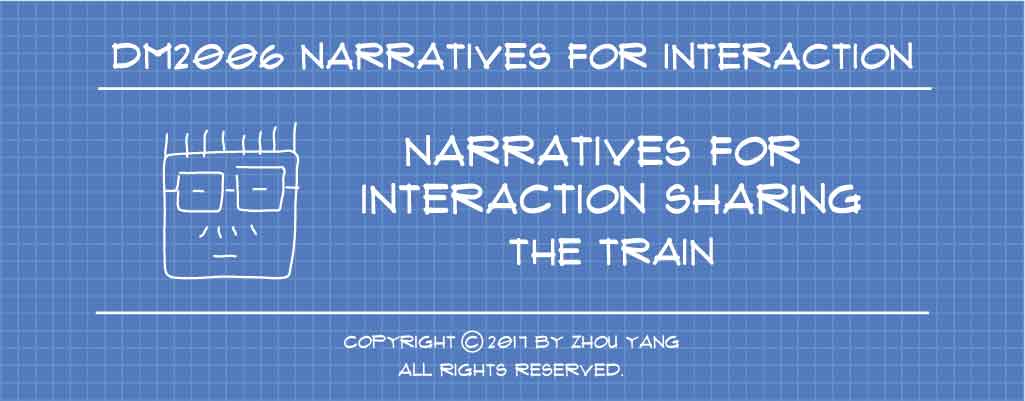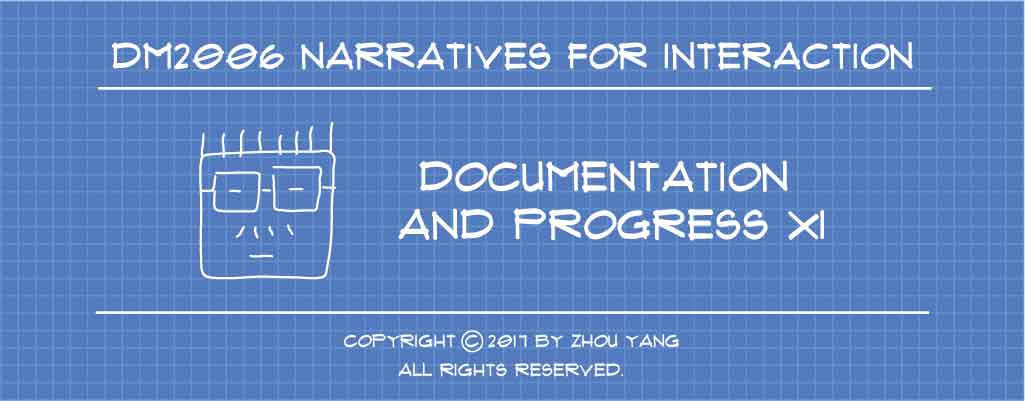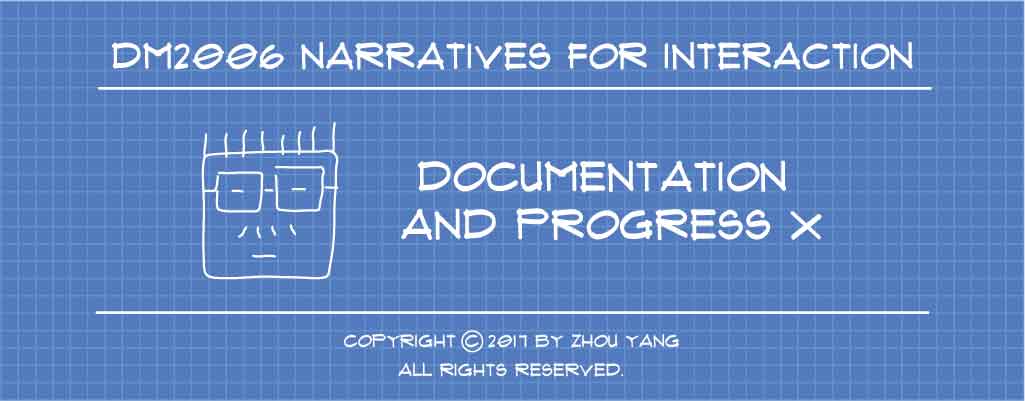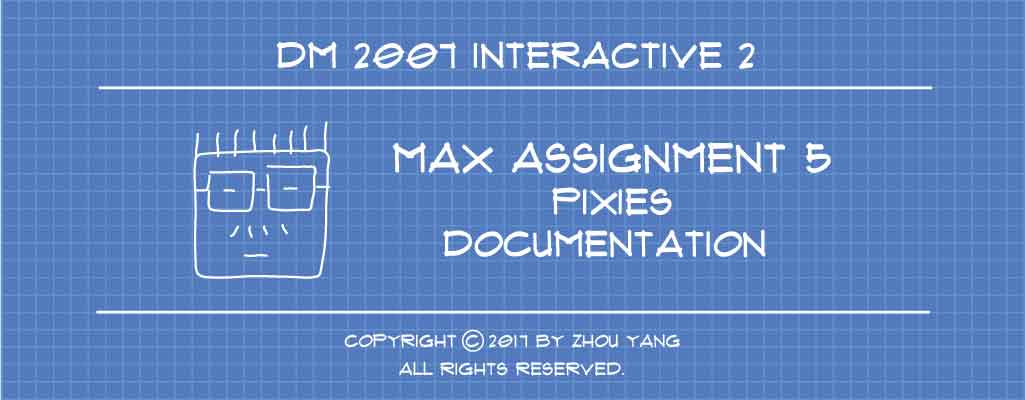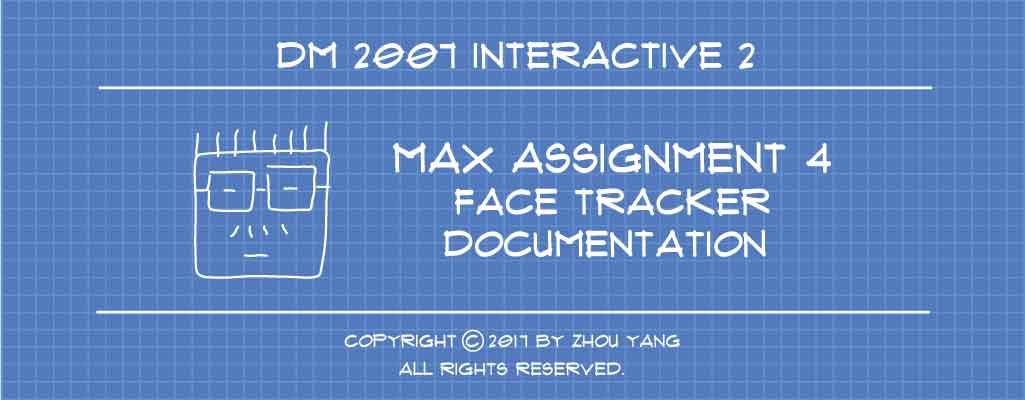This Season Finale live-broadcast was the culmination of a three week performance on Insta-stories via our @lan_mo_shu account.
Initially , we only had 2 crew members to help out, but there were quite a few others who joined in spontaneously on the actual day. The broadcast was done in a single take, with little to no rehearsals. Hence it was amazing to see everyone finding their place in the broadcast, helping with the setting up and the props. Our cameraman was not directed by us, but he was constantly shooting in a way that the tricks looked ‘real’ to the Third Space audience. Everyone was experiencing the event first-hand, even us, the performers.
Concept
Lan Mo Shu seeks to create illusion and plausibility for audience in the Third Space who are bounded by the lens of the broadcasting device and to encourage collaboration in the First Space to perform the acts.
We began thinking of the project to be a social broadcasting event in a similar vein as Videofreex (1969 to 1978) to start conversations. It also, unexpectedly, shaped itself into a daily commitment, although not as extensive as Jenny Cam. At first, we were performing these tricks as just two people who were, in no way whatsoever, professional magicians. Very soon, however, a spontaneous community began to grow around this simple idea. People started giving suggestions and even offering assistance in performing the tricks. We accepted their challenge to make this a daily ritual. Past a certain time of day, we would receive reminders via the First and Third Spaces that we had not posted that day’s video. We really made these things as far as possible in the spirit of Do-It-With-Others, because that energy just kept us going.
One interesting observation to highlight would be how audience in the Third Space refuse to learn of the solutions to the tricks they saw. Similarly, the audiences in the First Space were also trying to help make the tricks convincing for those seeing them through the broadcasting lens. We found this rather motivational for us as performers and yet absurd in the sense that why would people want to help cover-up the lies of these ‘lousy magic tricks’? It seemed like plausibility of the magic was important to them, rather than the quality of the skill in execution.








